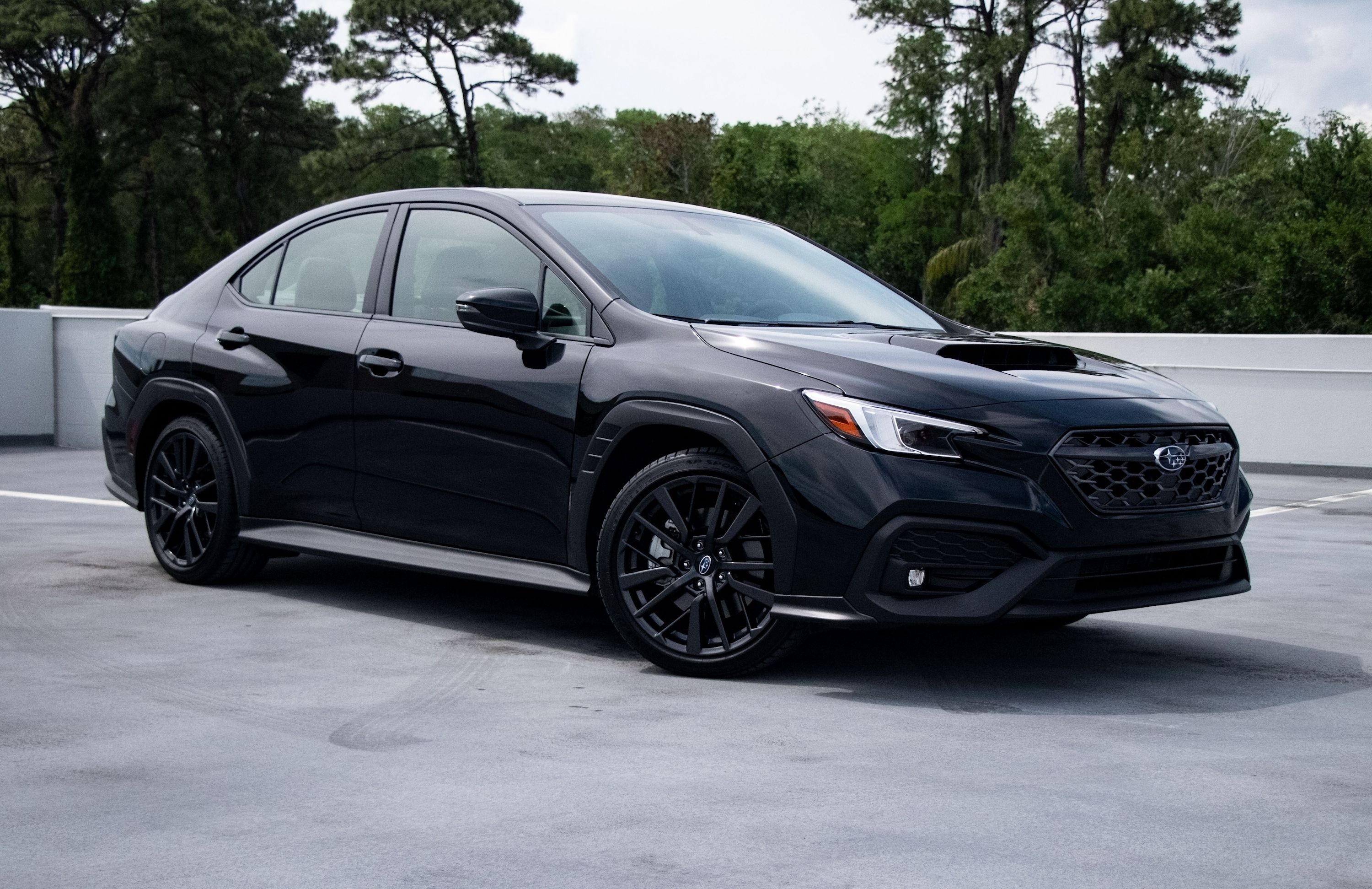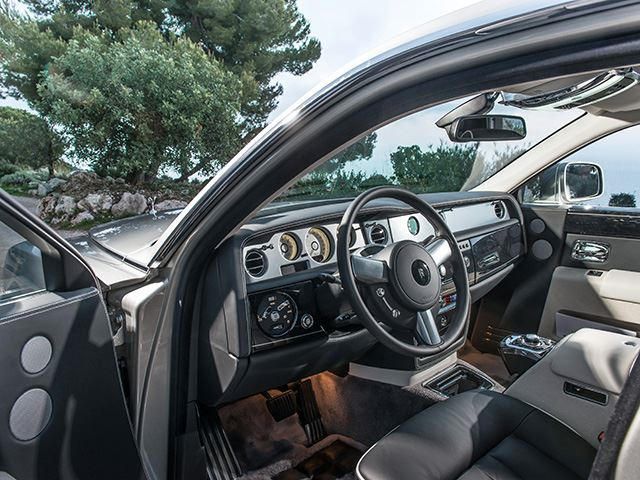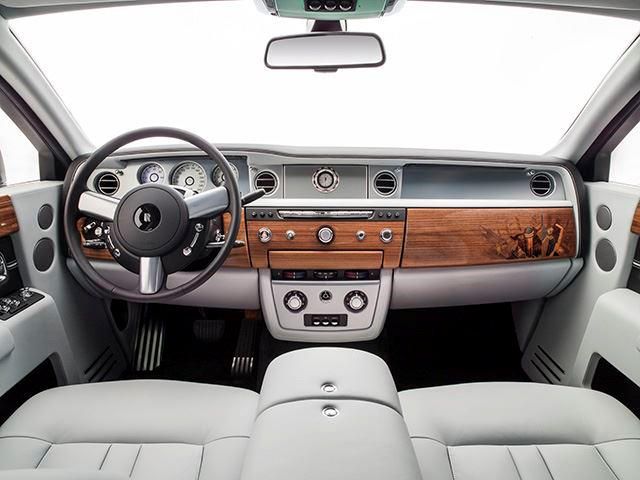Making cars has never been easy, but the advent of new technologies means that we can now mass-produce better vehicles more quickly by the day. Buyers stand to gain the most from this because a lowered production time means a lower cost. The savings can then be split between the customer and the automaker, which can also sell a greater number of vehicles. BMW has just revealed that it will do just this by expanding its additive manufacturing processes (also known as 3D printing).
BMW's crop of future vehicles won't be full-fledged 3D-printed cars, but some components will be replaced with alternatives that come off the printing press. The benefits here are obvious: the German automaker not only shortens the time to build crucial components but it also saves money by replacing components once made of plastic like holders for hazard-warning lights, center lock buttons, electronic parking brakes, sockets, and more with 3D print goo. If you thought that 3D printing was new for cars or for BMW, then you're wrong. The auto giant has been using the technology for over 25 years now and has been adding 3D printed components in its Rolls-Royce Phantom since 2012.
While this may be disappointing to Rolls buyers who were expecting their interiors to be made by the blood, sweat and tears of some poor factory worker, there are advantages upmarket as well. 3D printers facilitate personalization, which makes plastering your name onto the mounting bracket for the fiber optic lines inside your Rolls-Royce Dawn a doable procedure. To promote the technology as well as BMW's new DriveNow car sharing service, the company had Germans vote on what the names would be for 100 Minis used by the program. It then proceeded to 3D print these names onto the indicators of the cars for a touch of personalization. As BMW's use of the technology expands, it will be experimenting with new and better ways of building 3D printed components.



